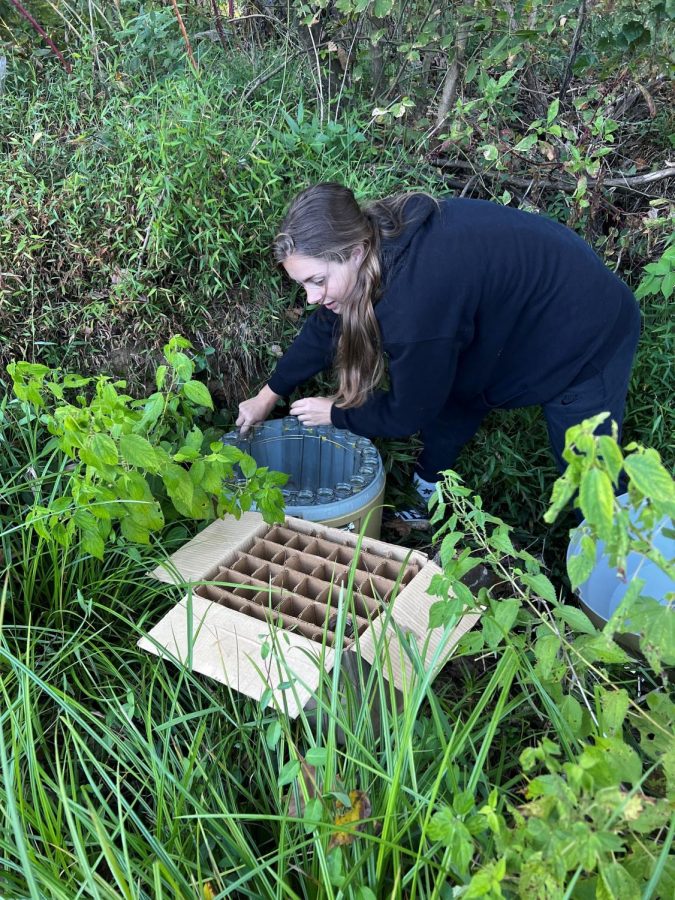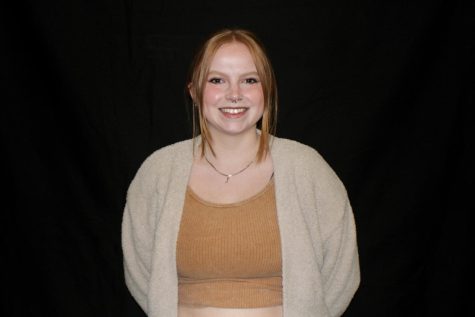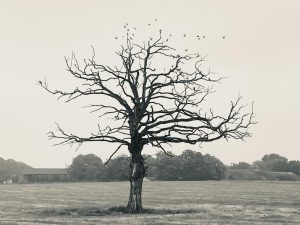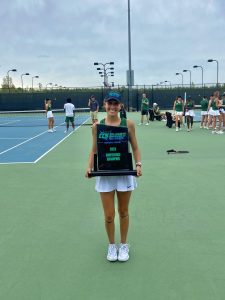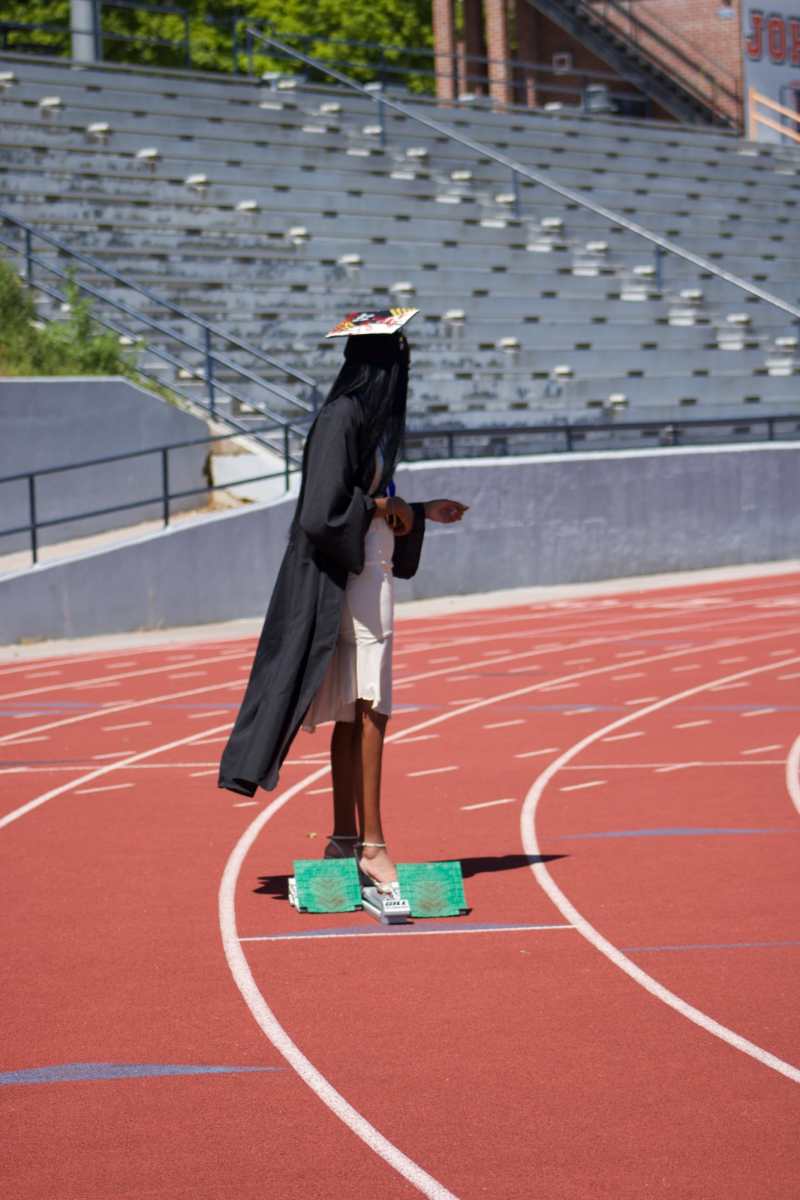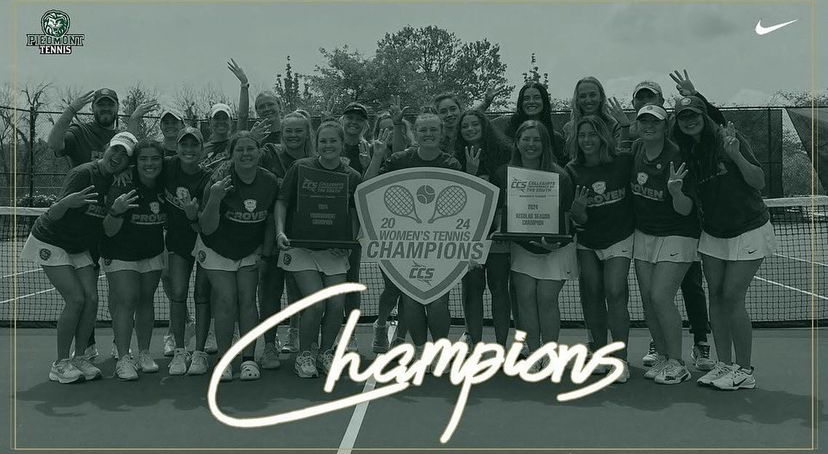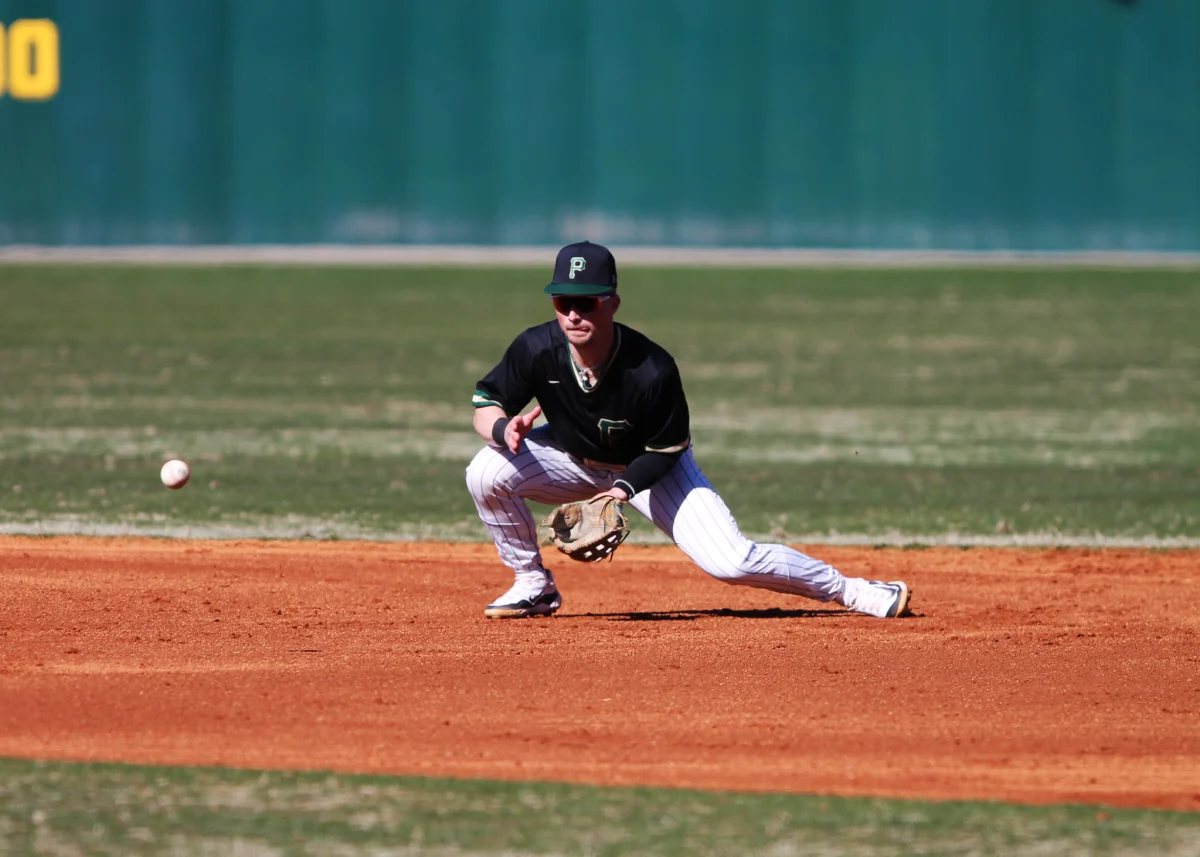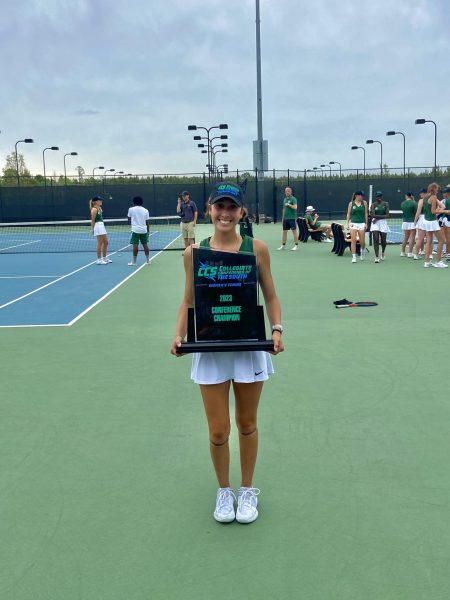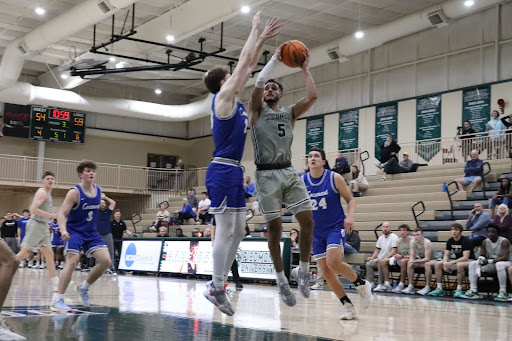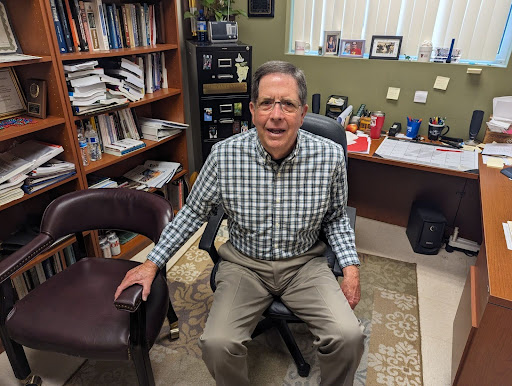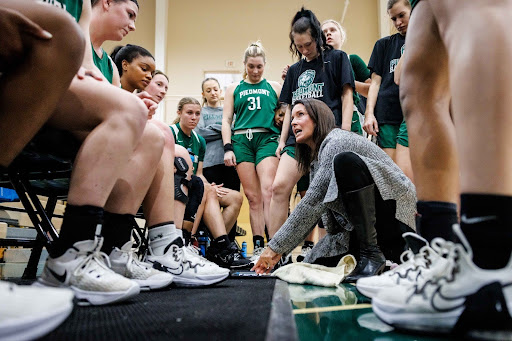Investigating Aging Infrastructure: An Environmental Science Capstone
November 14, 2022
Did the decades-old drainage systems lying under Piedmont’s softball and baseball fields lead to the collapse of Georgia Street last school year? Senior environmental science major Rhylee Wittrock explores these possibilities in her Capstone research project.
Approaching her graduation in the spring, Wittrock chose to assess and observe aging infrastructure. Beginning the spring semester of her junior year, she began observing the drainage systems under three athletic fields on campus: the lacrosse field, the softball field and the baseball field. While the addition of the lacrosse field only occurred about 12 years ago, the softball and baseball fields are approaching 60 years of use.
“After last year’s collapse of Georgia Street, Dr. Dooley and I started talking about the potential of leakage occurring in the drainage systems under the fields,” Wittrock says. Wittrock and her adviser wondered if this possibly lead to underground water erosion and, ultimately, the collapse of the road. “I am doing a dye tracing experiment to assess the infrastructure failure based on the amount of dye concentration lost over time from each of my sampling points.”
Dr. Debra Dooley acts as an adviser and overseer of natural science Capstone programs. Students of natural science programs at Piedmont University enroll in NASC-3990, Philosophy and Methodology of Science. This course monitors and evaluates the progress of graduating students’ research. Students are not restricted to a particular topic of research, but they are expected to carefully consider the problem they choose to investigate.
Wittrock’s research requires the use of a piece of equipment called a spectrophotometer to analyze the absorbance of dye found in her samples. Then, with the data she collects, she will perform statistical tests called the ANCOVA test and regression analysis. Dooley explains that these procedures allow students to apply what they have learned about the scientific process and come to an understanding of what it means to be a scientist.
“Capstone is when they apply what they have learned about the scientific process and work toward a better understanding of what it means to be a scientist and what the practice of science produces,” says Dooley.
Wittrock expects her results to show that the newer drainage system under the lacrosse field will show a lower loss of dye concentration over time while the two older systems will have a more significant loss.
“This research benefits my future because it gives me experience conducting research and using scientific equipment,” Wittrock says. “It will also serve as a relevant example of my capabilities in a job interview.”
This research, and others like hers, provides first-hand research experience as Wittrock approaches entering her career field. In addition to the necessary experience Capstone provides the students, they are able to expand their portfolios to present to potential employers.
“Capstone helps students gain professional skills in research and presentation as well as better prepare them for work in their chosen field or in the continuation of their education,” says Dooley.
Students finalize their Capstone research with a presentation at Piedmont’s annual Symposium, many going on to present at a professional, scientific conference.

